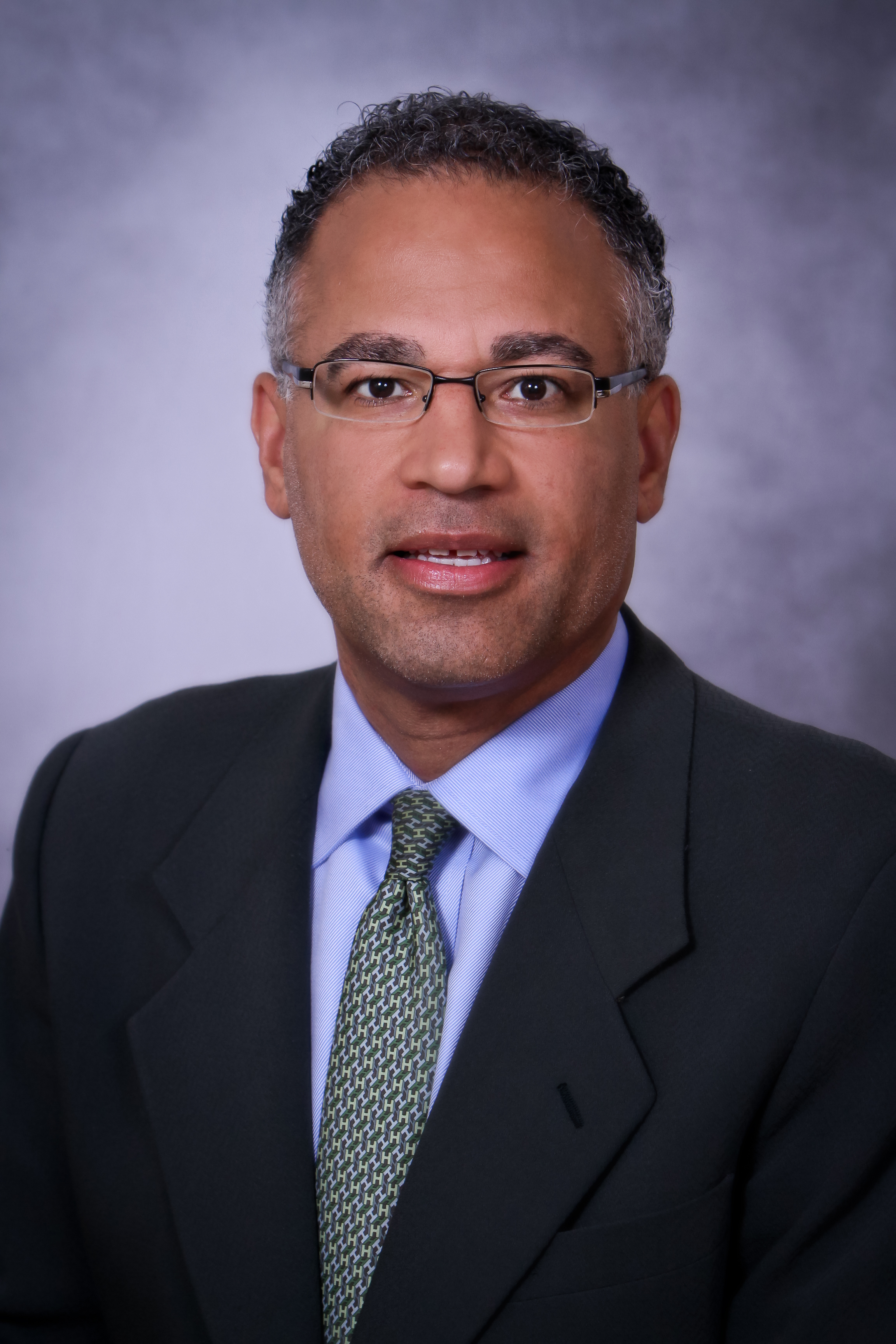Every September, we mark National Recovery Month to increase awareness of substance use disorders, and celebrate those individuals who are in recovery.
This year in particular carries with it both urgency — and hope. In July, the Centers for Disease Control and Prevention announced encouraging news — that drug overdose deaths had declined by 5.1 percent in 2018. While this is the first drop after decades of increases, the death toll is still incredibly high — an estimated 68,000 deaths in 2018 were due to overdose, nearly 70 percent involved opioids, and over 45 percent involved synthetic opioids such as fentanyl.
As the Senior Director of Substance Use Disorders and Recovery at the Clinton Foundation, I have seen the challenges and the progress firsthand. We’ve brought together faith leaders from across traditions in communities across the country to help reduce stigma and build support networks. We’ve worked to get people trained to administer the opioid overdose reversal drug Naloxone and to have it readily available where people need it most.
This issue is personal to me, and I’m also marking a major milestone in my own journey. I know what it’s like to live without hope and struggle with a substance use disorder, and later this year I will celebrate 30 years of long-term recovery. This National Recovery Month, I am here to say that there is hope.
Thirty years ago, I was a 9th grade dropout, homeless and hopelessly addicted to drugs. I didn’t think my life could change. My world came crashing down when I was arrested and charged with four felonies and three misdemeanors, and I was on the fast track to spending the rest of my life behind bars.
My family, with the support of my community, gave me the opportunity to change my life. I was given the chance to have my case postponed for 90 days so I could go to a drug rehab in Montana. This was my last chance to try and regain control of my life. I made the decision to go and never looked back.
While in rehab, I learned that addiction was a physical, mental and spiritual disease and as such, needed to be treated comprehensively. When I began this journey, I was asked early on what my wildest dream was – for me that was easy, I wanted to finish high school. There was a part of me that regretted dropping out of high school and at that point, the thought of having the opportunity to finish was beyond my wildest dreams.
My grandma used to tell me that God will move mountains for me, but I must bring the shovel. I enrolled in GED classes and started to do the work and quickly realized that I enjoyed learning. Six months later, I took the exam and this time I passed! I was now a high school graduate, which led to me enrolling in a junior college — then on to a four-year school, and eventually earning a master’s degree and studying for my doctorate.
When I graduated with my master’s degree, my father asked me to promise that no matter where I went in life, that I would always remember to remain teachable. Being teachable for me is about having hope — something that I try and prioritize each and every day in my recovery.
To define what hope means to me, I made it an acronym. The “H” is for my health; physical, mental, and spiritual. The “O” is for the opportunity to achieve anything I want to if I stay in recovery. The “P” is for having a higher power in my life to help shape and guide my efforts and to be the best person I can be each day. And the “E” is for education which means having the ability to educate others while always remembering to remain teachable.
Hope is what has given me the strength I needed to recover and allowed me to share my experience with others. I am grateful for the opportunity to raise awareness about addiction as a chronic disease rather than a moral failing. We all must constantly work at breaking down the stigma that keeps so many from getting the help they need.
I was in a place where I had no choice, I had no control, and I had no hope. It was because of the support of my family and community and a lot of hard work and dedication that I am where I am today. This journey for me has culminated in working for the 42nd President of the United States. My job at the Clinton Foundation is to carry the message of recovery and to share the hope that I have gained with communities across the country.
Thirty years ago this month, I began the road to recovery — and it is fitting that this year we celebrate the 30th anniversary of National Recovery month. Today, our country does have a choice, and we do have reasons to have hope. The scale of our challenge is great, but we can make more progress if we work together, be there for our neighbors and loved ones struggling with a substance use disorders and continue to support those who celebrate every day of their recovery, a day at a time.


